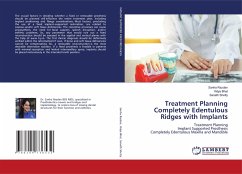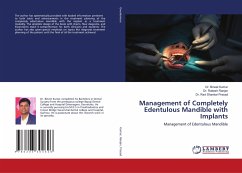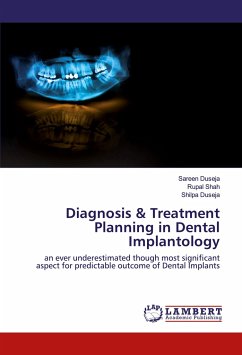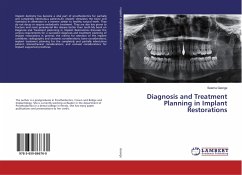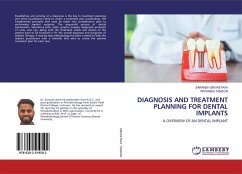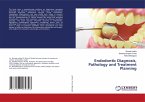The crucial factors in deciding whether a fixed or removable prosthesis should be planned will influence the entire treatment plan, including implant positioning and flange considerations. Most factors, precluding the use of a fixed implant-supported restoration, are related to osseous and/or soft tissue deficiencies. The resorptive processes can cause prognathism, the need for facial support, speech disruption, and/or esthetic problems. So, any parameter that would rule out a fixed reconstruction should be assessed in the sagittal and vertical planes with the help of awax try-in. The first clinical diagnosis should be definitively verified within the reformatted CT scan. If bone and soft tissue deficiencies cannot be compensating for, a removable reconstruction is the most desirable alternative solution. If a fixed prosthesis is feasible in patients with minimal resorption and limited intermaxillary space, implants should be placed meticulously in the intended tooth position.
Bitte wählen Sie Ihr Anliegen aus.
Rechnungen
Retourenschein anfordern
Bestellstatus
Storno

